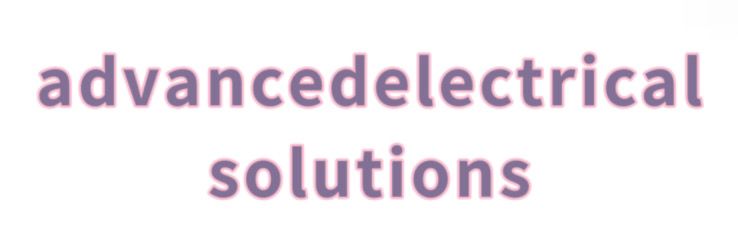Mastering General Rectifier Diodes: FAQs and Troubleshooting Tips
Mastering General Rectifier Diodes: FAQs and Troubleshooting Tips
1. What is a general rectifier diode?
A general rectifier diode is a semiconductor device that allows current to flow in one direction only. It is commonly used to convert alternating current (AC) to direct current (DC). The diode has a simple structure, typically made of silicon, and operates based on the principle of p-n junction.2. How do general rectifier diodes work?
When voltage is applied to a diode, it becomes forward-biased if the positive side connects to the p-type material and the negative side connects to the n-type material. This allows current to flow through the diode. When the voltage is reversed, the diode becomes reverse-biased and blocks current. This one-way current flow is crucial in converting AC voltage to DC.3. What are the main applications of rectifier diodes?
Rectifier diodes are widely used in various applications, including power supplies, battery chargers, and signal demodulation. They ensure that the current flows in the desired direction, protecting sensitive components in electronic circuits.4. What are common issues with rectifier diodes?
Several problems can arise when using rectifier diodes, including overheating, incorrect polarity connections, and breakdown under high voltage. Overheating can cause the diode to fail, while improper connections can result in circuit failure.5. How can I troubleshoot rectifier diode issues?
To troubleshoot issues with rectifier diodes, follow these steps:1. **Check the connections:** Ensure that the diode is connected with the correct polarity. The anode (the positive side) should be connected to the positive voltage, and the cathode (the negative side) should connect to the load.2. **Measure the voltage:** Use a multimeter to measure the voltage across the diode. In forward bias, you should see a small voltage drop (typically around 0.6 to 0.7 volts for silicon diodes). In reverse bias, the voltage should be significantly higher, and the current should read as zero.3. **Inspect for overheating:** Look for physical signs of damage, such as discoloration or deformity. If the diode is hot to the touch, it may be experiencing excessive current or a breakdown.4. **Test for shorts or opens:** If the diode is suspected to be faulty, remove it from the circuit and test it with a multimeter. In forward bias, the diode should conduct; in reverse bias, it should not. A reading in both directions indicates a short, while no reading in either direction indicates an open circuit.6. When should I replace a rectifier diode?
Replace a rectifier diode if it shows signs of damage, consistently fails to rectify current, or causes overheating in the circuit. Continually malfunctioning diodes can indicate issues elsewhere in the circuit, so it’s wise to investigate further to prevent recurring problems.7. What precautions should I take when working with rectifier diodes?
Always ensure that the circuit is powered off before performing any work on the diodes. Use proper heat sinks if the diode will carry significant current to avoid overheating. Lastly, double-check connections to prevent reverse polarity, which can cause permanent damage to the diode.If you want to learn more, please visit our website China Schottky diode AC to DC Exporter.

Comments